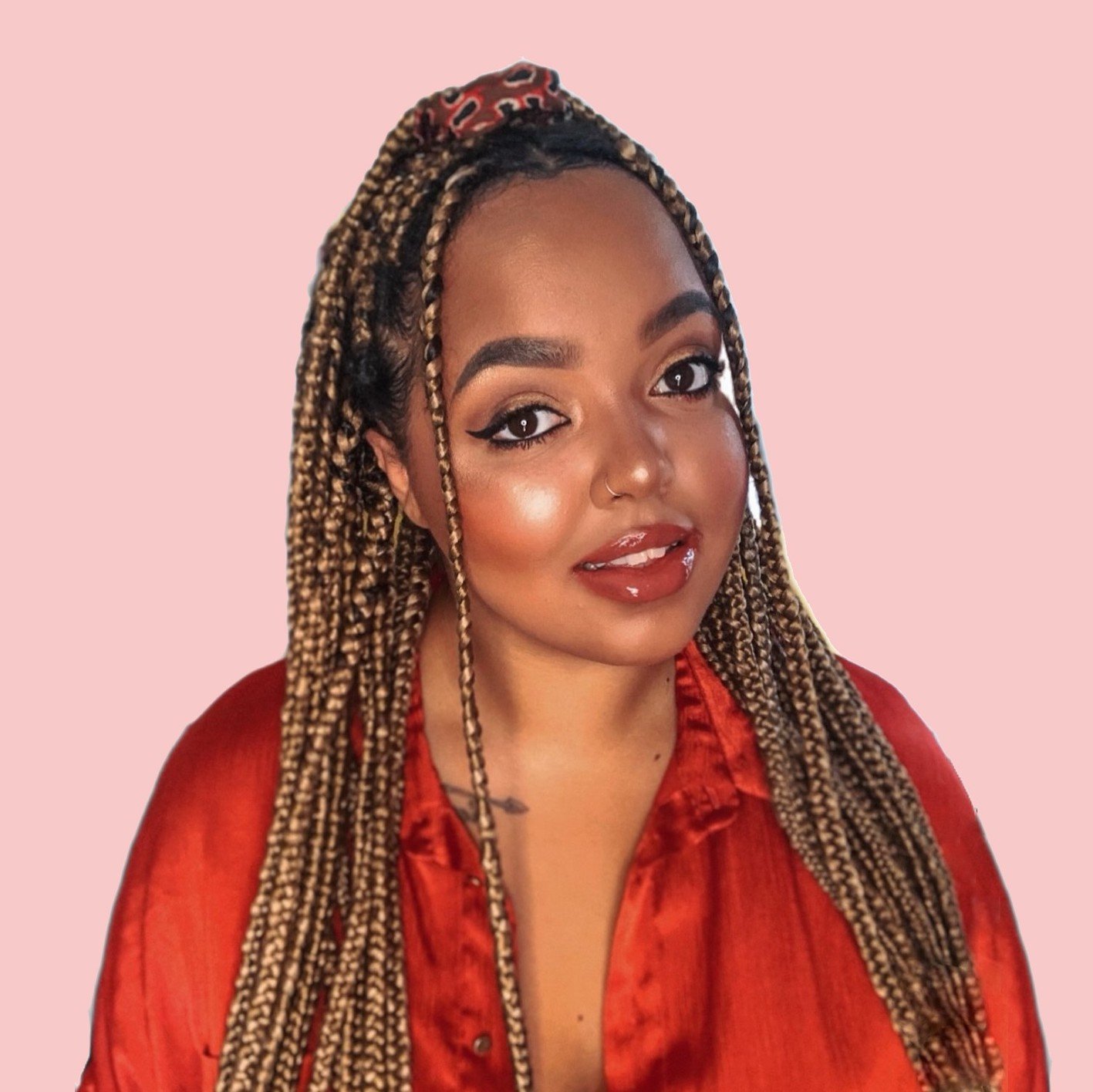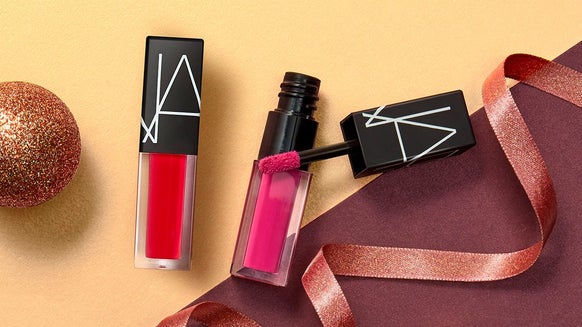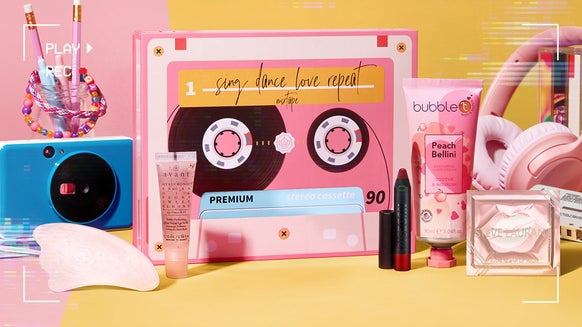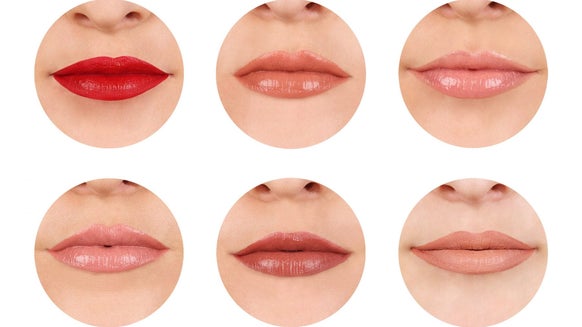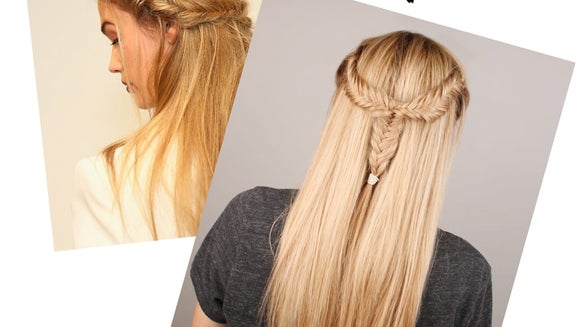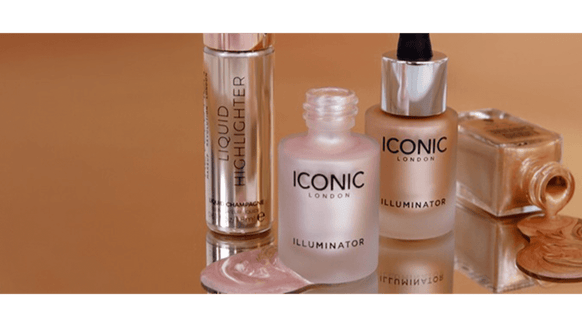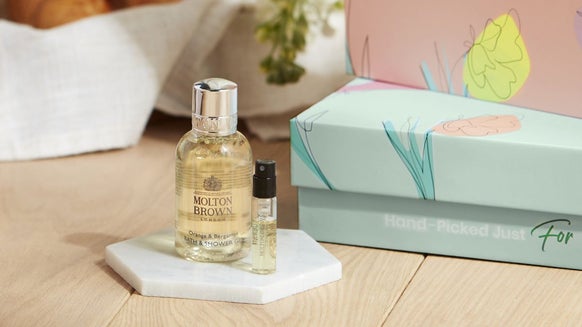Because of the amount of melanin in their skin, people with darker skin tend to have more prominent and noticeable scarring. Acne, eczema, and wounds are some of the most common causes of scarring, and those have the ability to either darken or lighten dark skin, a condition known as hyperpigmentation.While it is nearly impossible to reduce it at home, there are ways to minimise its visibility. And we've looked into how you can reduce these unsightly spots...What Is Hyperpigmentation?
Excess melanin can form in the skin in some cases, causing hyperpigmentation - when an area of skin appears darker than the skin around it. Melanin is a pigment found in our skin, and while it is present in all skin types, skin of colour contains more melanin than white skin.Hyperpigmentation can occur in the epidermis, dermis, or both. The outer layer of your skin is called the epidermis, and the dermis is deeper in your skin below the epidermis. Although epidermal hyperpigmentation is easier to treat, it may take months to see results. Dermal hyperpigmentation is more difficult to treat and can be permanent in some cases. Hyperpigmentation is also more severe and lasts longer in people of colour, and it can cause psychological distress, so an effective treatment is essential.What Causes Hyperpigmentation?
Hyperpigmentation in people of colour can be caused by a number of factors, including:Post-inflammatory hyperpigmentation
Hyperpigmentation can be caused by an injury or an inflammatory skin condition. Acne, eczema, psoriasis, lupus, insect bites, cuts, and burns are just a few of the possible causes. Because post-inflammatory pigmentation appears on the site of your injury or inflammation, you may notice a darker spot on your skin after your acne heals.
Melasma
Melasma is a condition characterised by larger areas of hyperpigmentation. It usually appears on the face and can be found on the forehead, nose, cheeks, jawline, or chin. It can also appear on your neck, arms, or chest, though this is less common. It is unknown what causes melasma, but it is thought that sun exposure, genetic factors, hormonal changes, and certain medications or cosmetics all play a role.
How Do You Treat Hyperpigmentation?
Before you can begin treating hyperpigmentation, you must first determine what is causing it. If the dark spots are caused by acne, you should see a dermatologist before addressing them.Wear SPF
Sunlight can make dark spots appear even darker, which is why using sunscreen is critical in the treatment of hyperpigmentation. To better absorb harmful UV rays, your skin cells produce more melanin, therefore to protect the skin, you should wear SPF every day, regardless of the weather, and use a product with an SPF of 30 or higher.Garnier Ambre Solaire Over Makeup Super UV Protection Mist is a lightweight SPF 50 sunscreen that can be used under or over makeup. It has a non-greasy texture and an invisible finish, allowing your makeup to last longer. It also contains hyaluronic acid, which keeps your skin feeling and looking hydrated.
If you prefer your a cream SPF, the Avène Very High Protection B-Protect SPF50+ Sun Cream for Sensitive Skin is formulated with the brand's Thermal Spring Water to soothe and hydrate your skin while protecting it from environmental aggressors and UV exposure.
Azelaic Acid
Azelaic acid reduces the appearance of blemishes, breakouts, and pimples, which is why I love Revolution Skincare's Anti-Blemish Boost Cream with Azelaic Acid. I don't believe in miracles, but this would be one if I did. The lightweight cream is ideal for people who are prone to redness or have uneven skin tone because it contains azelaic acid, shea butter, squalene, and sunflower seed oil, which help to lock in moisture for clear, dewy skin. It completely transformed my skin, and I am confident that it will do the same for you.
Niacinamide
Niacinamide reduces the appearance of blemishes and discolouration, making it an ideal addition to your routine. The Ordinary Niacinamide 10% + Zinc 1% High Strength Vitamin and Mineral Blemish Formula purifies dull, congested skin while also regulating sebum production for a clearer, more refined complexion.
Vitamin C
Because of its brightening properties, vitamin C is one of the most effective ingredients for treating scarring and hyperpigmentation. It works by breaking up pigmentation to prevent dark spots from forming while reducing the visibility of any that already exist. It is also known to help protect the skin from external aggressors.Try the PIXI Vitamin-C Tonic to lighten dark spots and brighten the complexion. It exfoliates your skin gently, removing impurities and dead skin to promote healthy collagen production, combating those pesky dark spots, and giving your skin an incredible glow.
The Ordinary Vitamin C Suspension 23% + HA Spheres is also an excellent ally in the fight against hyperpigmentation. It improves and brightens the appearance of your skin while reversing the signs of ageing and plumping it with moisture to promote smoother, younger-looking skin.
Retinol
Retinol stimulates cell turnover and collagen production, which aids in the repair of skin damage such as acne or scarring. It also has anti-ageing properties. The INKEY List Retinol Serum's slow-release formula reduces irritation while increasing potency, leaving your skin looking brighter and smoother. It promotes cell turnover and is an excellent introduction to retinol.
Chemical peels
A chemical peel is a form of exfoliation which dissolves dead skin cells. It removes the scarred top layer of your complexion. Chemical peels containing glycolic acid or lactic acid, as well as salicylic acid, help to brighten and even out your complexion while also keeping your pores clear and preventing new blemishes from forming.For years, everyone's favourite peeling solution has been The Ordinary AHA 30% + BHA 2% Peeling Solution. It contains glycolic, lactic, tartaric, and citric acids, as well as salicylic acid, to deeply exfoliate the skin's surface layer, unclogging pores, combating blemishes, and improving uneven skin texture. Just be cautious because it contains a high concentration of free acids.
Subscribe To GLOSSYBOX
You purchase any of these products and more on lookfantastic using your well-earned Glossy Credit. Which you can earn by referring your friends to GLOSSYBOX, reviewing products and filling out our surveys!
Not a subscriber but want to start earning Glossy Credit? Subscribe to GLOSSYBOX today! Not only will you earn credit, but you’ll also receive our beauty boxes straight to your door every month full of surprises.

